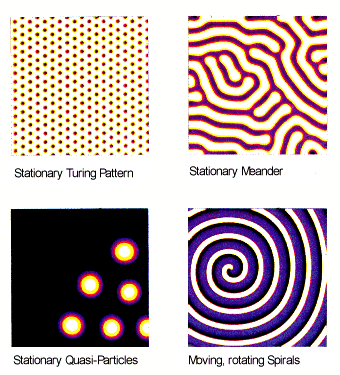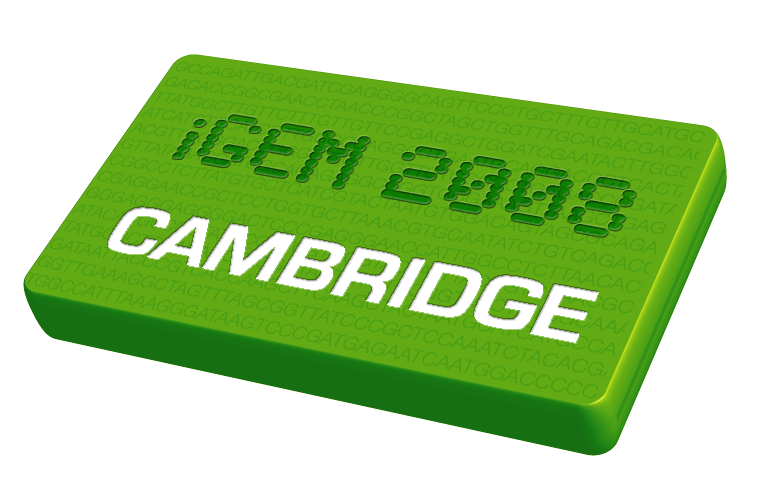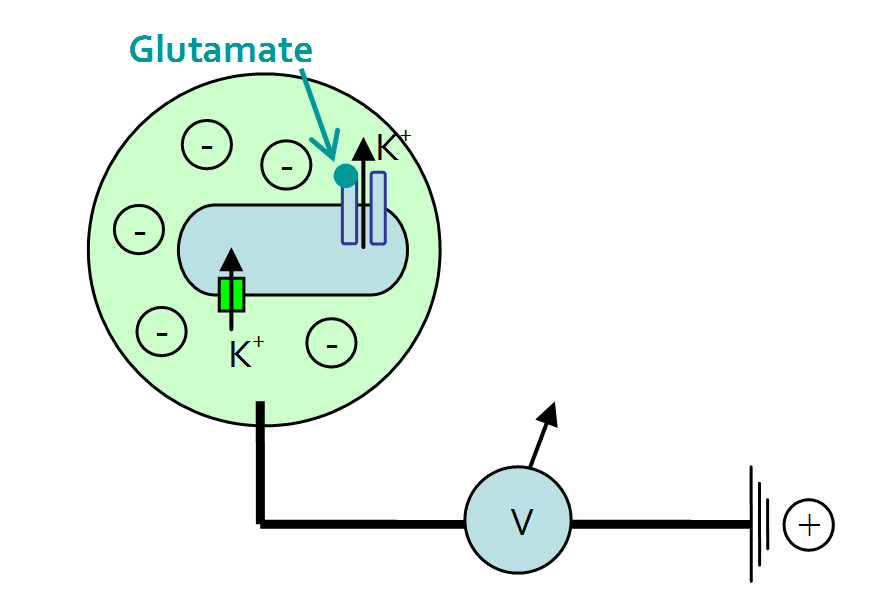Team:Cambridge
From 2008.igem.org
| Home | The Team | The Project | Parts Submitted to the Registry | Modeling | Notebook |
|---|
For the 2008 iGEM competition, Cambridge is working on three different projects.
1. Turing Patterns
We are planning to implement a simple two-component Reaction-Diffusion system in the gram-positive model organism Bacillus subtilis. In 1952, Alan Turing famously described this system and suggested it as the basis for self-organization and pattern formation in biological systems. The simplest of these patterns, which we are planning to model in bacteria, mimic the spots and stripes seen on animal coats.



(A) The model consists of two diffusible signals secreted by every cell. The activator, which is controlled by a stochastic bistable switch, turns on itself and its own inhibitor. (B) A field of cells can be stably patterned into two different zones, so long as the inhibitor diffuses faster than the activator. The activator and inhibitor are synthesized in the source at the center, and turned off by accumulation of the inhibitor in the periphery.

We plan to use two well-characterized bacterial communication systems to generate this behavior. The agr peptide signalling system from S. aureus will serve as our activatory signal (pictured), while the lux system from V. fischeri will serve as our inhibitor. Bacillus subtilis serves as an excellent chassis for this project because of the ease with which chromosomal integration can be performed. This project will focus on a tight integration of modeling and experiment; we will test different promoter strengths and other variables, feed these system parameters into our multi-cell models, and then use those models to tweak the regulatory machinery that will control signal production.
2. Voltage Output
The aim of this project is to work towards an interface between biological and electric systems. We hope to do this by measuring a voltage change due to the presence of a certain substance. In the first instance, this substance will be glutamate, as it acts as a ligand for a prokaryotic gated potassium channel. Our idea is to sequester K+ inside E.coli cells by using leak channel knock-out mutants, and over-expressing K+ influx pumps. Then, when glutamate is present it will open K+ channels, allowing an efflux of potassium and causing a small but measureable change in voltage in the medium.
3. Magnetic Bacteria
We are investigating the formation of magnetosomes (membrane bound magnetite particles) in magnetotactic bacteria. This process is believed to take place in the following steps: i) production of invaginations along the inner membrane ii) uptake of iron into these invaginations iii) biomineralisation of the iron into magnetite crystals of a specific size and shape iv) axial alignment of the magnetosomes
This mechanism gives the bacteria the ability to align itself like a compass needle along geomagnetic field lines. We are attempting to engineer the uptake of soluble iron into membrane invaginations in E.coli, and stimulate formation of magnetite using genes from Magnetospirillum.
 "
"

